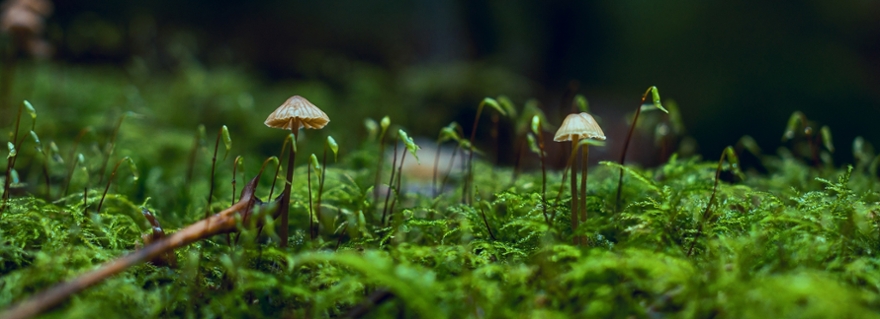
An organized overview of the current global fungal diversity, that is what Irene Martorelli and colleagues try to achieve with the new MycoDiversity Database (MDDB) she builds in collaboration with Naturalis Biodiversity Center. The new database will make it easier and quicker to observe which fungi are known and how they are distributed over the globe. This may lead to discovery of new fungal species.
Undocumented species
'Fungi play essential roles in ecosystems and provide crucial resources for other living organisms', says Martorelli. 'They are found living under an extremely wide variety of environmental conditions. Currently there are between 120,000 and 144,000 species described. However, the actual diversity includes millions of species, which still remain undocumented.'
Due to the complexity of morphological structures, dependencies on other organisms and cryptic lifestyles, fungi are difficult to detect. And environmental factors controlling the fungal distribution pattern are poorly understood. Nowadays, many researchers rely on the use of environmental DNA (eDNA): pieces of DNA that are left behind in the soil. Investigating soil samples and analyzing the DNA in them allows researchers to trace back which species are living in the soil and may even reveal new species.
More data, more chaos
More data means, however, more chaos. 'The data is spread among several public archives and consist of different types of information, including literature, which makes it more challenging to retrieve information', explains Martorelli. 'Our method relies on arranging existing automated tools to retrieve the information hidden in these archives, curate and assemble it in an organized fashion in our MycoDiversity Database (MDDB). The database consists of both DNA data belonging to fungal species and metadata belonging to publications, experiments, taxonomy and environment. You can find for example a geographical location of where an environmental sample is being collected. The integration of this information stored in the database allows to get a more complete view and also to answer different types of questions.'
The latter is a new function Martorelli believes to be very useful for extending knowledge of fungal distributions across multiple geographic and ecological scales. 'We want to give researchers the opportunity to filter the data based on what the question requires, as one question may need a different approach than the other', says Martorelli.
Future implementations
'The database is specifically designed for fungal species detected in soil, but the integrity of our system allows the inclusion of fungi which belong to other types of environments, such as water and air', says Martorelli. 'The infrastructure is already there to host the data, and now the fun part begins. We can enrich the database with new functions which can be useful for the acquisition of more knowledge. For example the relationships of fungi within their ecosystems'.
For the near future she plans to implement visualization tools, such as graphs and maps. 'We want to not only support but also facilitate research in fungal biodiversity', says Martorelli. 'The spatial and time components are crucial factors in many respects, such as for climate and biodiversity changes, agriculture and conservation. It would be very useful to get an immediate overview of the fungal distribution patterns over different geographic and time scales. In this way we can explore which environmental factors are controlling the spatial patterns of fungi.'






